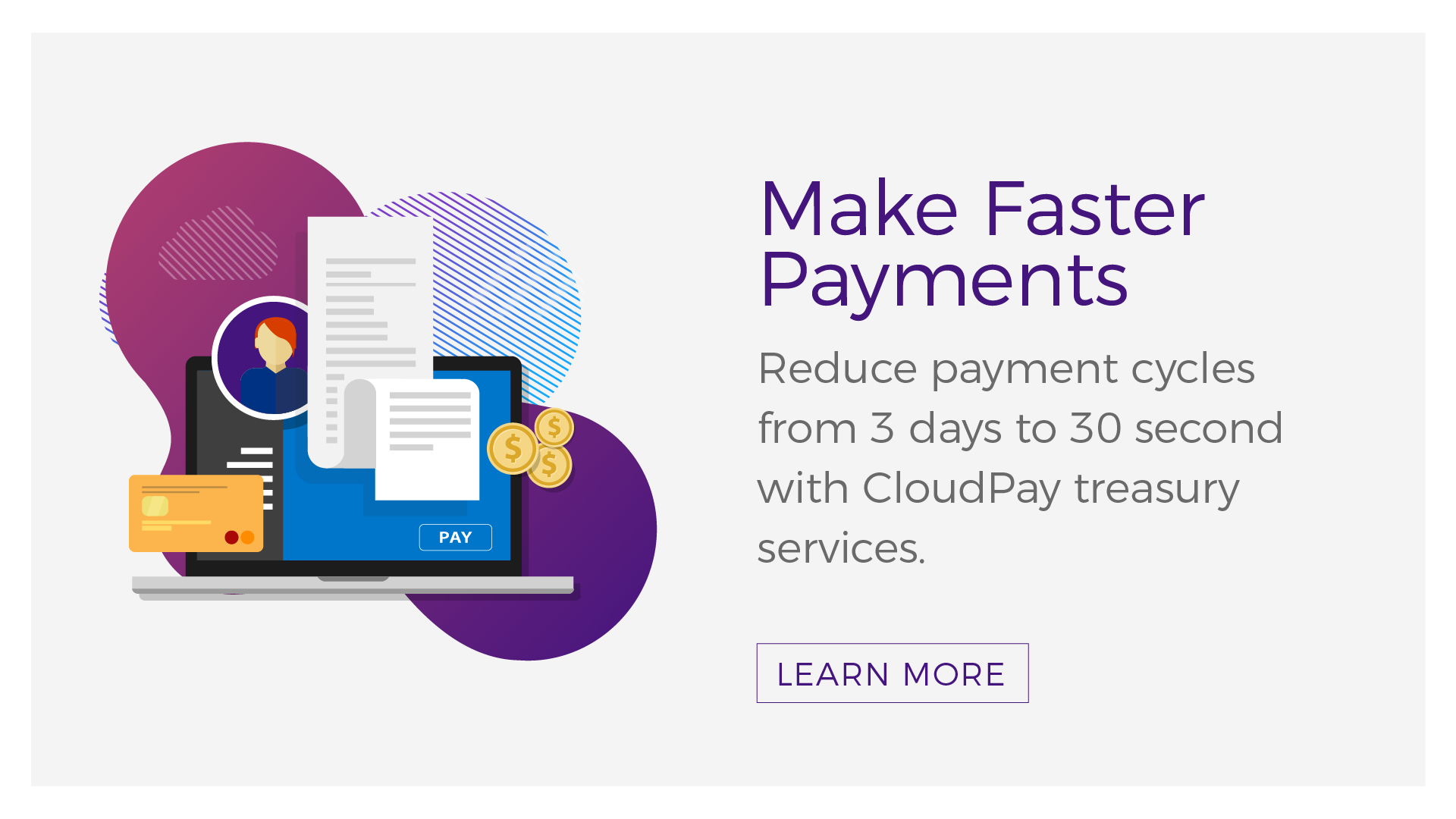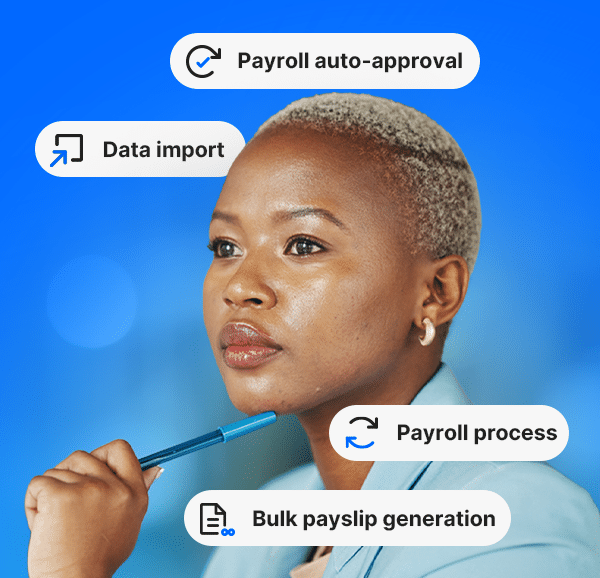Just like so many parts of our everyday lives, the way we deal with money has become increasingly digitized. Whether we’re using contactless payments on credit or debit cards, or innovations like Apple Pay, Google Pay and Samsung Pay to make mobile payments, technology now plays a central role in personal finance. What’s more, its position has only been strengthened by the COVID-19 pandemic, where many businesses all over the world preferred digital payment for safety reasons.
Many of the innovations we’ve already seen are powered by ‘digital wallets’, and the use of them will become ever more commonplace in a variety of different settings in the months and years ahead. This blog explores the basics around digital wallets, and answers some of the key questions around them.
What is a digital wallet?
It’s easy to think that something technology-related will be complicated, and the most obvious and simple answer will be the wrong one. The good news is that is most certainly not the case here. A digital wallet is just a digital version of a financial account, which contains all of the card information you might carry around with you in a physical wallet, but digitally.
How do digital wallets work?
Digital wallet, or mobile wallet applications are interlinked with whichever of your bank accounts or credit cards you choose to use with them. What happens when you make a purchase depends on the type of digital wallet technology that you use.
In the case of Apple Pay, Google Pay or Samsung Pay, when you make a purchase at a retailer or anywhere else using your digital wallet, the same amount is automatically taken from your specified funding source. This method can also apply when using the likes of PayPal or Venmo, although in this case, funds can also be stored within the application itself, and you’re also able to transfer funds in and out manually if you so wish.
Of course, ease of use is a core element of digital wallets, and just as it’s easy to make payments on your Android or iPhone, it could be just as easy for someone else if your phone is lost or stolen. That’s why making digital wallets safe is so important to providers: the bank account or credit card number details you supply are encrypted so no payment information will be visible, and the use of the app to make purchases can only be enabled when you authorize it to do so.
What can digital wallets be used for?
As we’ve already mentioned, digital wallets are extremely handy for making purchasing fast and easy. It also allows users to carry all their spending power with them in a single device – their smartphone – instead of having to carry countless credit and debit cards in a physical wallet or purse.
But money is only one part of the digital wallet story. They can also be used to store other types of funds: think loyalty card bonuses, gift cards, discounts or vouchers specific to certain retailers. It’s also possible to use them to store tickets and access credentials: train tickets, hotel reservations, flight boarding passes, concert tickets and sports tickets can all be stored and accessed digitally, too.
In many of these cases, businesses incentivize the use of their digital wallets and apps through special deals and discount rates, while transferring what would otherwise have been a paper-based transaction into a digital one is better for the environment.
What’s the difference between a digital wallet and a crypto wallet?
Taken at face value, both digital wallets and crypto wallets are seen as ‘digital money’, and so it’s easy for the two to be confused as the same payment method. But there is one vital difference that sets the two apart. In digital wallets, actual money or assets are stored within them. This isn’t normally the case with a crypto wallet: these store the keys that enable the transacting of cryptocurrencies within the digital ledger of each coin.
But of course, there is a certain degree of overlap between the two: many digital wallets and crypto wallets encompass the ability to pay for goods and services in crypto in much the same way as you would in dollars, euros or pounds.
In summary
Digital wallets have huge potential in a variety of use cases, and their user-friendliness means they’re here to stay. Indeed, over the years to come, they are likely to become as common as the credit card in our day-to-day lives, as consumer demand for contactless experiences and smartphone-enabled functionality continues.
But digital payments will have an impact on payroll too, which is something we will explore in our upcoming eBook. In the eBook, we will take a look at pay-to-card salary payments using card rails – how they work, how they compare to traditional payments, and the key benefits of adopting this approach. For now though, if you’d like more information about pay-to-card or virtual wallets, visit our treasury services solution page.



